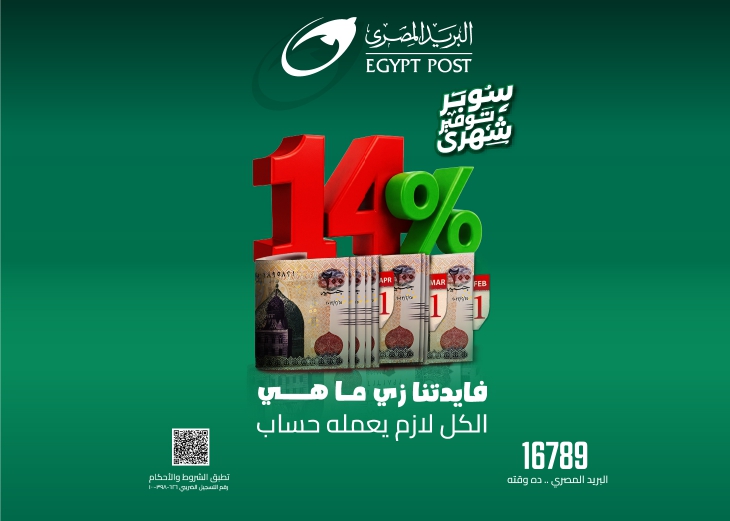Micro-influencer marketing has become a cornerstone for brands seeking genuine connections with niche audiences. However, the success of such campaigns hinges on precise selection, authentic outreach, and rigorous measurement. This article provides an expert-level, step-by-step guide to implementing micro-influencer campaigns that foster authentic engagement, going beyond surface-level tactics to deliver actionable insights rooted in real-world data and case studies.
Table of Contents
- 1. Selecting the Right Micro-Influencers for Authentic Engagement
- 2. Crafting Authentic Outreach and Collaboration Strategies
- 3. Developing Campaign Content that Resonates and Builds Trust
- 4. Implementing Tracking and Measurement for Authentic Engagement
- 5. Managing and Nurturing Long-Term Micro-Influencer Relationships
- 6. Ensuring Compliance and Transparency to Maintain Authenticity
- 7. Troubleshooting and Optimizing Campaigns for Better Results
- 8. Final Strategic Insights and Broader Context
1. Selecting the Right Micro-Influencers for Authentic Engagement
a) Defining Genuine Micro-Influencers: Niche, Engagement, and Content Quality
The core challenge in micro-influencer selection is identifying individuals who authentically resonate within your niche. Instead of relying solely on follower counts (typically 10K–50K), prioritize engagement rates—preferably above 4–6%—which indicate active and invested audiences. Evaluate content quality by examining visual consistency, storytelling ability, and alignment with your brand values. Use the “Three Cs” framework: Content, Community, and Credibility.
b) Practical Tools and Techniques for Vetting
- Social Listening Platforms: Use tools like Brandwatch, Awario, or Mention to identify authentic voices discussing relevant topics. Look for influencers whose content organically aligns with your brand niche.
- Analytics Tools: Use HypeAuditor, NinjaOutreach, or Heepsy to analyze engagement ratios, audience demographics, and authenticity scores. Prioritize influencers with low fake follower rates (less than 10%).
- Manual Review: Cross-check influencer profiles for consistency, comment authenticity, and recent activity. Look for genuine interactions—comments with personalized responses, varied content, and natural storytelling.
c) Case Study: Step-by-Step Selection Process for a Beauty Brand
A local beauty brand sought micro-influencers within their city. They started by using NinjaOutreach to filter profiles with >5K followers and >4% engagement rates. They then manually reviewed the top 50 profiles, narrowing down to 15 based on content quality, authenticity of comments, and previous collaborations. Using HypeAuditor, they eliminated influencers with high fake follower ratios. Finally, they shortlisted 5 influencers for initial paid collaborations, ensuring their audiences matched the brand’s target demographic.
2. Crafting Authentic Outreach and Collaboration Strategies
a) Personalizing Outreach Messages to Build Genuineness
Avoid generic bulk messages. Instead, craft personalized emails or DMs referencing specific content they’ve created that aligns with your brand. For example, “Hi [Name], I loved your recent post on natural skincare—your honest review really resonated with me. I believe a collaboration could bring value to both your audience and our brand.” Use their first name, mention specific posts, and demonstrate familiarity with their voice to foster genuine connection.
b) Negotiating Collaboration Terms for Authentic Content
- Clear Expectations: Define content scope, style, and messaging upfront. For example, “We’d like a 3-minute Instagram reel showing your honest experience with our product, emphasizing natural ingredients.”
- Compensation Models: Offer a mix of monetary pay, free products, or affiliate commissions. Clearly articulate performance incentives tied to authentic engagement metrics.
- Flexibility: Allow influencers creative freedom within agreed parameters to preserve authenticity—avoid overly restrictive scripts.
c) Campaign Guidelines Without Sacrificing Authenticity
Provide a concise brief covering brand values, key messages, and disclosure requirements. Use templates like:
Sample Campaign Guidelines:
- Use your authentic voice—share genuine experiences with our product.
- Disclose partnerships transparently (e.g., #ad, #sponsored).
- Highlight unique product benefits relevant to your audience.
3. Developing Campaign Content that Resonates and Builds Trust
a) Co-Creating Content for Authenticity and Brand Alignment
Engage influencers in collaborative content creation sessions. Use frameworks like storyboarding or content mapping to align on key messages while allowing room for their authentic style. For example, provide a general outline: “Share your daily skincare routine featuring our moisturizer,” then let the influencer craft the narrative in their voice.
b) Technical Guidelines for Content Formats and Credibility
- Content Formats: Encourage a mix of stories, reels, and posts tailored to platform preferences.
- Caption Strategies: Use storytelling techniques—start with a hook, share personal anecdotes, and include a clear call-to-action.
- Disclosures: Mandate transparent use of hashtags like
#ador#sponsoredto enhance credibility.
c) Curating User-Generated Content
Encourage micro-influencers to repurpose authentic posts by creating branded hashtags or contests. For example, run a challenge: “Share your #NaturalGlow with our products,” then curate the best posts for your brand channels, amplifying authenticity and trust.
4. Implementing Tracking and Measurement for Authentic Engagement
a) Setting Up Unique Tracking Links and Custom Hashtags
Use UTM parameters with Google Analytics or dedicated tracking platforms like Bitly to create unique URLs for each influencer. Develop branded hashtags that are specific to the campaign, e.g., #GlowWith[BrandName]. This enables precise attribution of engagement and conversions.
b) Using Advanced Analytics to Detect Genuine Interactions
- Engagement Quality Metrics: Analyze comment authenticity via tools like FakeCheck or manual review for personalized comments versus generic spam.
- Bot Detection: Use HypeAuditor or Influence.co to identify suspicious activity patterns—sudden spike in followers, low engagement per follower, or generic comments.
- Time-Stamped Data: Track engagement over time to see if activity aligns with influencer posting schedules, reducing fake spikes.
c) Case Study: Post-Campaign Data Analysis
A skincare brand ran a campaign with five micro-influencers. They collected data on link clicks, hashtag mentions, and engagement rates. Using Google Data Studio dashboards, they identified that three influencers drove high engagement with real comments and authentic shares, while two had suspicious activity. They allocated future budgets accordingly, emphasizing genuine creators for long-term ROI.
5. Managing and Nurturing Long-Term Micro-Influencer Relationships
a) Building Ongoing Partnerships for Authenticity
Move beyond one-off campaigns by establishing a creator program. Regular check-ins, exclusive product launches, and shared values foster trust. Use a CRM like HubSpot or AirTable to track influencer interactions, preferences, and performance history.
b) Providing Value and Maintaining Motivation
- Exclusive Access: Invite influencers to VIP events or beta product testing.
- Recognition: Publicly acknowledge their work through features or awards.
- Performance Incentives: Offer tiered commissions based on engagement metrics to motivate authentic content creation.
c) Common Pitfalls and How to Avoid Them
Expert Tip: Avoid over-relying on short-term campaigns with incentivized fake engagement. Focus on building genuine relationships that yield consistent, authentic content over time.
6. Ensuring Compliance and Transparency for Authenticity
a) Educating Influencers on Legal Disclosure
Provide clear, simple guidelines on disclosure laws such as the FTC’s requirements. Use checklists or templates, e.g., “Always include #ad or #sponsored in your posts.” Conduct brief training sessions or provide written resources to reinforce understanding.
b) Internal Checks and Content Audits
- Pre-Publication Review: Request drafts for approval before posting, especially for sensitive messaging.
- Post-Campaign Audit: Use tools like Traackr or manual reviews to verify compliance and authenticity.
c) Authenticity & Transparency Checklist
| Checklist Item | Yes/No |
|---|---|
| Disclosure of partnership (#ad, #sponsored) | ____ |
| Content aligns with influencer’s usual voice | ____ |
| No evidence of fake followers or engagement | ____ |
| Content adheres to brand guidelines | ____ |
7. Troubleshooting and Campaign Optimization
a) Detecting and Correcting Authenticity Issues
Monitor engagement
الرابط المختصر: https://propertypluseg.com/?p=156410






















